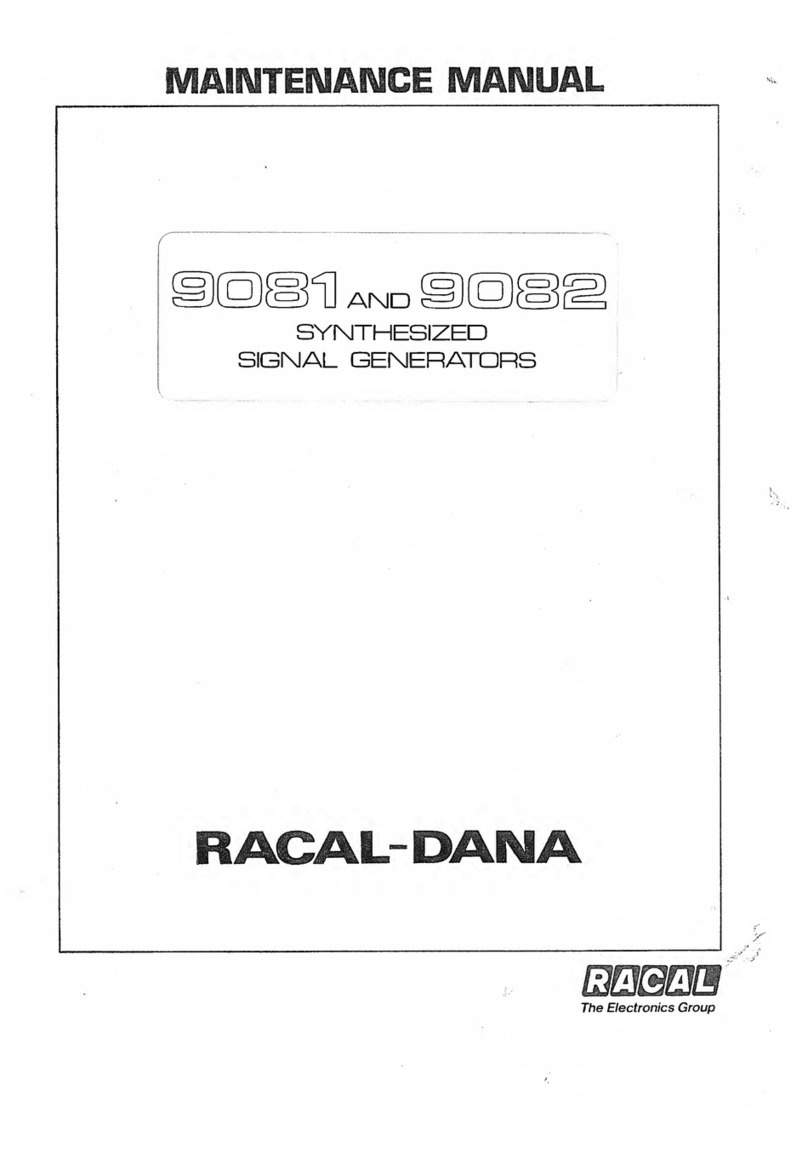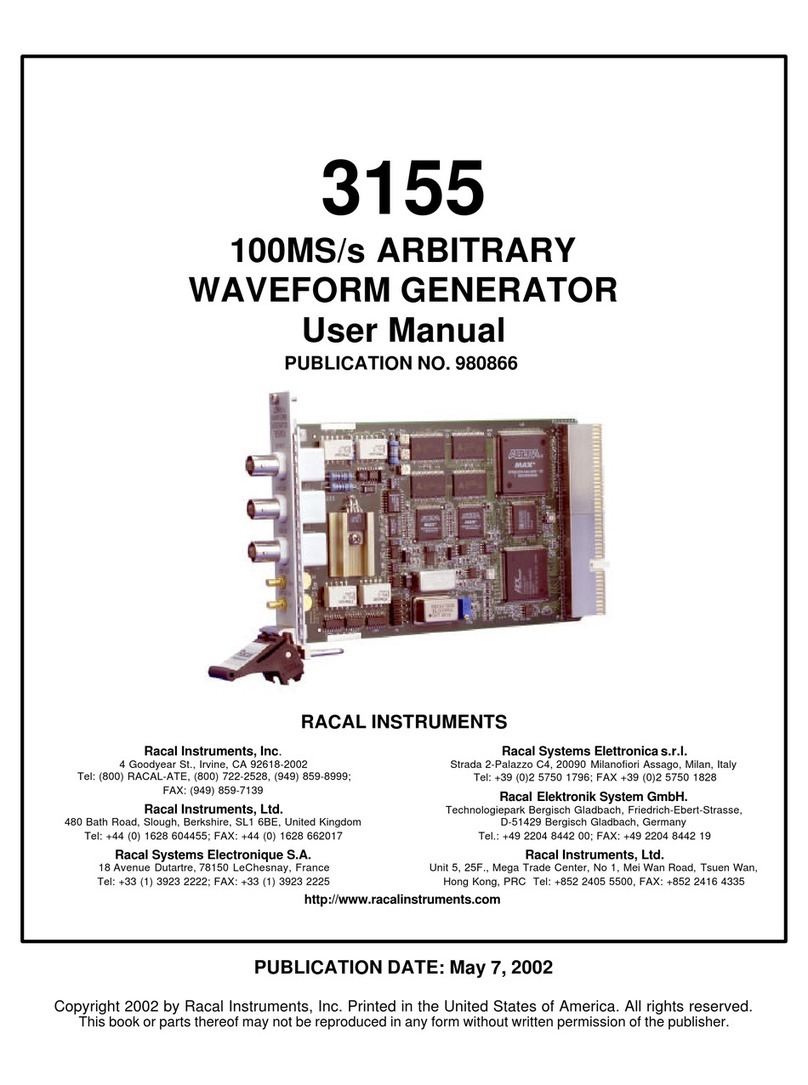
3151 And 3151A User Manual
iv
IEEE-STD-488.2 Common Commands.........................................................................................4-4
SCPI Parameter Type.................................................................................................................4-5
Numeric Parameters...............................................................................................................4-5
Discrete Parameters...............................................................................................................4-5
Boolean Parameters...............................................................................................................4-5
Arbitrary Block Parameters.....................................................................................................4-6
SCPI Command Summary.........................................................................................................4-6
Output Configuration Command Summary................................................................................4-9
Standard Waveform Command Summary...............................................................................4-11
Arbitrary Waveform, Sequence, and Shared Memory Command Summary...........................4-12
Modulation Command Summary..............................................................................................4-12
Trigger CommandSummary.....................................................................................................4-13
Inter-Module Phase Synchronization Command Summary.....................................................4-13
System-Related Command Summary......................................................................................4-14
IEEE-STD-488.2 Common Commands and Queries ..............................................................4-14
The SCPI Status Registers.......................................................................................................4-16
The Status Byte Register (STB)...............................................................................................4-18
Reading the Status Byte Register.........................................................................................4-18
Clearing the Status Byte Register.........................................................................................4-19
Service Request Enable Register (SRE)..............................................................................4-19
Standard Event Status Register (ESR) ................................................................................4-20
Standard Event Status Enable Register (ESE)....................................................................4-21
Error Messages............................................................................................................................4-21
Device-Specific Commands.........................................................................................................4-23
Chapter 5..........................................................................................................................................5-1
Maintenance and Performance Checks...........................................................................................5-1
What’s in This Chapter...................................................................................................................5-1
Disassembly Instructions............................................................................................................5-1
Special Handling of Static Sensitive Devices.............................................................................5-2
Cleaning......................................................................................................................................5-2
Repair and Replacement............................................................................................................5-3
Performance Checks..................................................................................................................5-3
Environmental Conditions.......................................................................................................5-4
Warm-Up Period.....................................................................................................................5-4





























